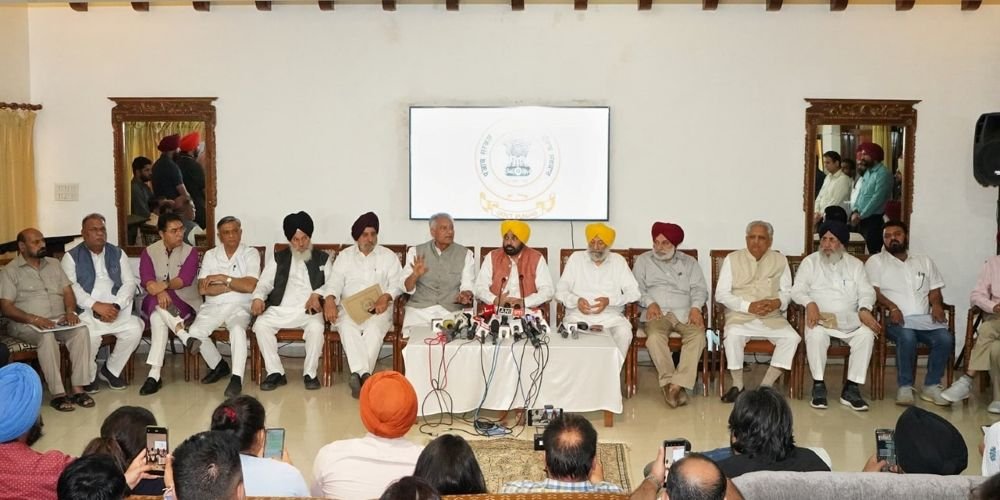
India’s Water Fault Lines Deepen as Punjab-Haryana Dispute Heads for Supreme Court
- HARYANAPOLITICS
- May 2, 2025
- No Comment
- 68
A simmering water-sharing dispute between two Indian states has now escalated to a full-blown political and legal standoff, as the Haryana government prepares to move the Supreme Court against neighboring Punjab over a sharp cut in its water allocation. The tensions reflect not just a regional squabble but the broader national crisis of water scarcity, mismanagement, and climate-induced stress confronting South Asia’s most populous democracy.
At the centre of this conflict lies the Bhakra Beas Management Board (BBMB), a federal body tasked with managing water resources from two of north India’s major rivers—the Beas and Sutlej. On Friday, a crucial meeting was held in Delhi between top officials from the BBMB and chief secretaries of Punjab and Haryana. The meeting ended without consensus. Punjab offered to release only 4,000 cusecs of water—less than half of Haryana’s demand for 8,500 cusecs.
This dramatic reduction stems from a unilateral decision by the Punjab government to cut Haryana’s water share, citing dire shortages within its own reservoirs. Punjab’s Chief Minister Bhagwant Mann made an impassioned statement during his visit to the Nangal Dam earlier this week, asserting that Haryana had already exhausted its quota by March. “Even the 4,000 cusecs we are releasing now is out of humanitarian consideration,” he said. “All our dams are running low. We cannot give a single drop more before May 21.”
Punjab’s stance has sparked outrage in Haryana, where the Saini-led government is now planning to approach India’s highest court, arguing that the abrupt reduction is not only unjust but illegal under existing inter-state agreements. For Haryana, the water flowing from the Bhakra canal is vital—not only for irrigation but also for drinking water needs in parts of the state already facing summer stress.
The Punjab government, however, sees things differently. Chief Minister Mann has accused BBMB officials of acting under central pressure, describing recent developments as “bullying in the name of governance.” He contends that final authority over water distribution from Punjab’s reservoirs lies with the state, not the federal board.
This isn’t merely a regional standoff—it’s a warning signal. India’s water-sharing frameworks, many dating back to the post-independence era, are being tested in the age of climate change. As aquifers dry up and monsoon patterns become more erratic, old agreements are increasingly seen as outdated. The Punjab-Haryana dispute is emblematic of a deeper institutional weakness in India’s federal water governance, where legal ambiguity, political compulsions, and ecological fragility collide.
The BBMB, once celebrated as a cornerstone of cooperative federalism, is now at the heart of bitter accusations. Mann has gone so far as to say that BBMB’s decisions amount to “goondaism”—a charged term that signals the depth of Punjab’s defiance against what it perceives as central overreach.
The coming days could be pivotal. Haryana’s expected move to the Supreme Court will bring constitutional interpretation into the fray, potentially setting a precedent for how inter-state water disputes are resolved in a warming world. Meanwhile, for millions of farmers and urban dwellers on both sides of the state border, the uncertainty over water supply is more than just political drama—it’s a threat to livelihood and life itself.
This article is auto-generated from verified news sources and does not reflect editorial opinion.
#IndiaWaterCrisis #PunjabHaryanaDispute #BhakraBeasBoard #ClimateWaterConflict #SupremeCourtIndia


